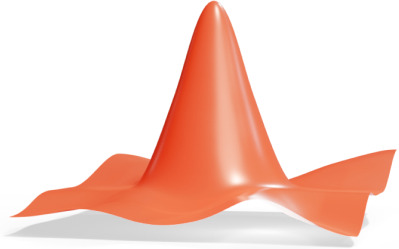8th grade Q2
Inductive reasoning is a way of thinking where you start with specific examples and look for patterns to make a general conclusion. It’s like solving a puzzle by observing small pieces and figuring out the bigger picture.
How Inductive Reasoning Works:
- Observe Examples: Look at specific cases or situations.
- Find Patterns: Identify any trends or similarities.
- Make a General Rule: Based on the pattern, create a rule or conclusion.
Example 1:
Imagine you notice that every morning the sun rises in the east. You’ve observed this several times (specific examples). Using inductive reasoning, you conclude that the sun always rises in the east.
This conclusion might not always be correct in extreme cases (e.g., if the Earth’s rotation changes), but it works based on the observed examples.
Example 2:
- Observe the sequence of numbers:
- Look for a pattern. Each number is multiplied by 2 to get the next number.
- Make a general rule: The th term of the sequence is .
To justify:
- For : (matches the first term).
- For : (matches the second term).
- For : (matches the third term).
Using inductive reasoning, you conclude that the general formula for the sequence is .
Limitations:
Inductive reasoning doesn’t guarantee a conclusion is true in every case. It relies on patterns, so the conclusion might not hold if there’s an exception.




















